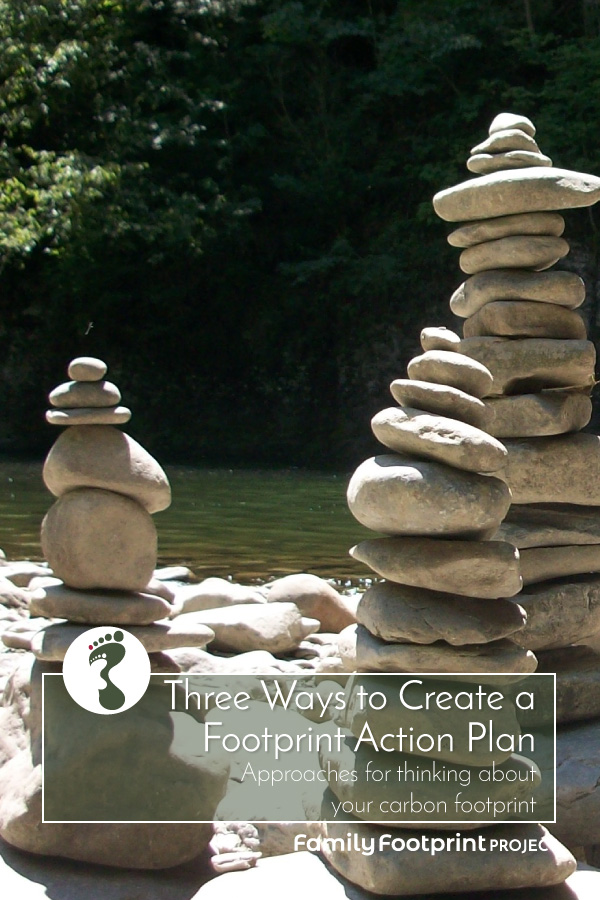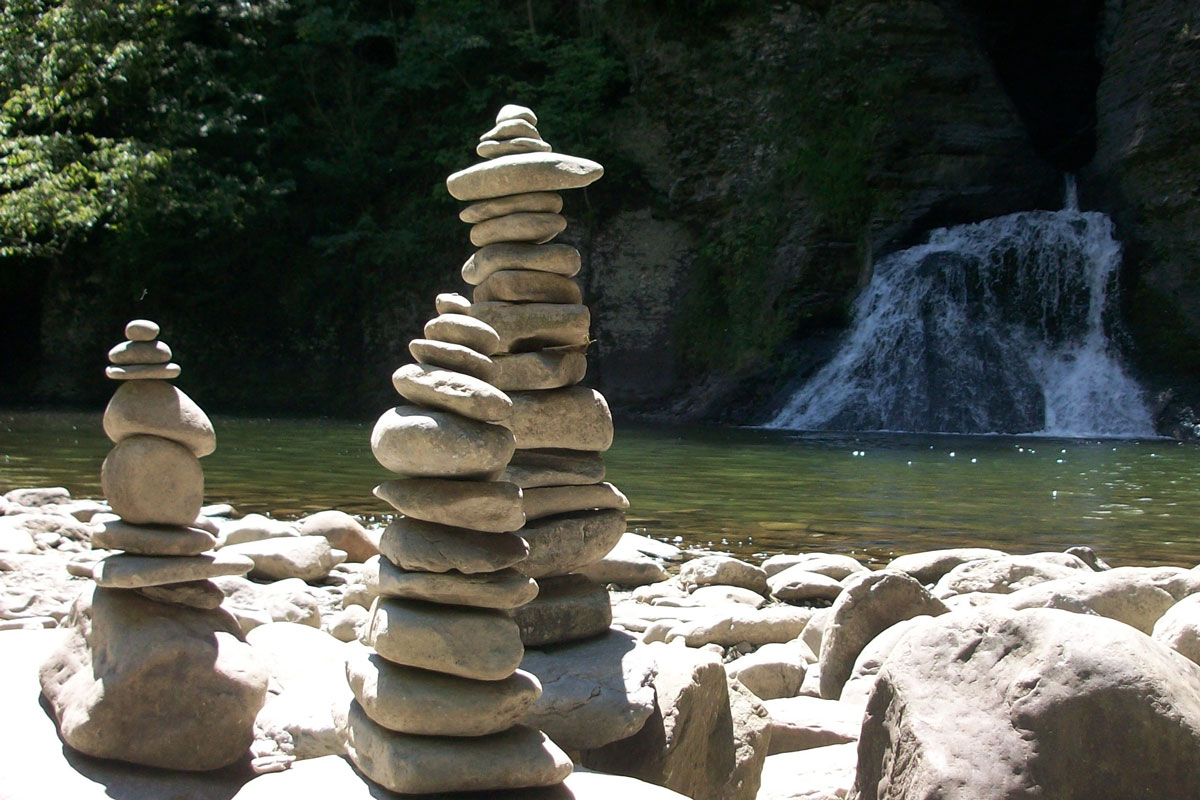In thinking about how and where to start our Family Footprint Project, I felt the need to break the whole issue down a bit. There just seemed to be SO much to do, I was having trouble working out where to start. As I saw it, there were three approaches I could take.
Ad hoc list
First of all, I could just make a great big list as things pop into my head and work down it in an ad hoc kind of way. Really, this is what I’ve been doing for years and it hasn’t been very successful for us. I really felt that I needed a way to focus my thinking and direct my action.
Area by area
The second way, the approach in Bea Johnson’s Zero Waste Home, is to tackle issues area by area, room by room. Johnson’s methodology is to declutter areas first as she promotes a minimalist way of living. In this case, working room by room and analysing the changes needed probably makes sense. There was another way though.

Issue hierarchy
The third way is to put the issues into a hierarchy of sorts and, for me, waste was at the top of things I could affect quickly. Waste can be further broken down and the clear winner for top priority was single use plastics, then soft plastics (which are actually only downcylced once before entering the waste stream), then rigid plastics, then food waste, then metals, then paper and cardboard. Then we could consider our energy use, our transportation habits, food miles…
In the end each of these methodologies has helped me turn my focus to different areas of our family footprint. It has been a thinking exercise rather than provide me with a structure for action.
Action plan
In reality, the actions have taken a more zig zagging path. I have made twenty easy changes. I have looked for alternatives when items have run out. I have used the intel collected from my bin audit to inform better choices. I have initiated movement on bigger issues, such as how we heat our house, that will take some time (and many $$$) to implement.
This thinking exercise was, however, beneficial for generating an action list, stimulating discussion and research, and illuminating at least the next steps on the path. I think I’ll be running through my hierarchy and going room by room many more times throughout our project. The truth is, our Family Footprint Project is not something we will ‘do’ and then be done with. For starters, some of the things we want to do cost a significant amount of money and we’ll have to do them as we can afford them. And, of course, we’ll be continually refining how we do things, and finding new ways to reduce our emissions and waste into the future.
Have you been through this sort of thinking exercise for your Family Footprint Project? How did you tackle it?
[mc4wp_form id=”96″]


